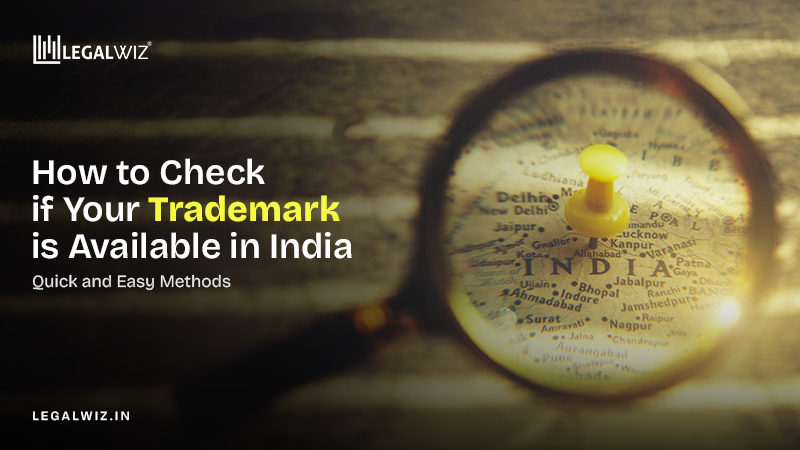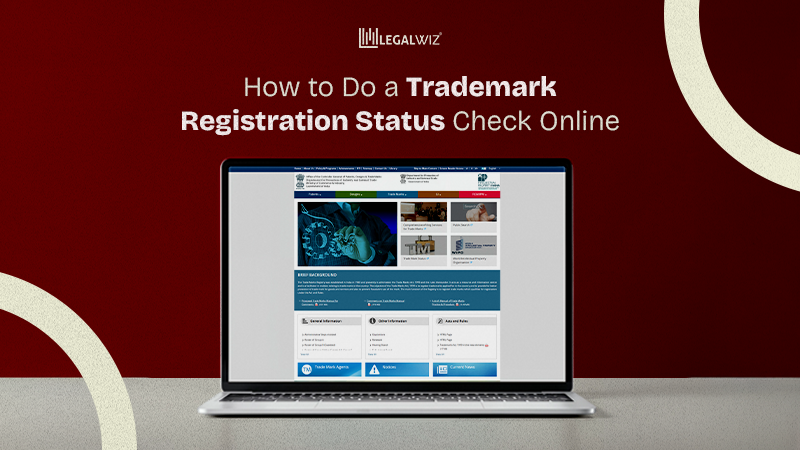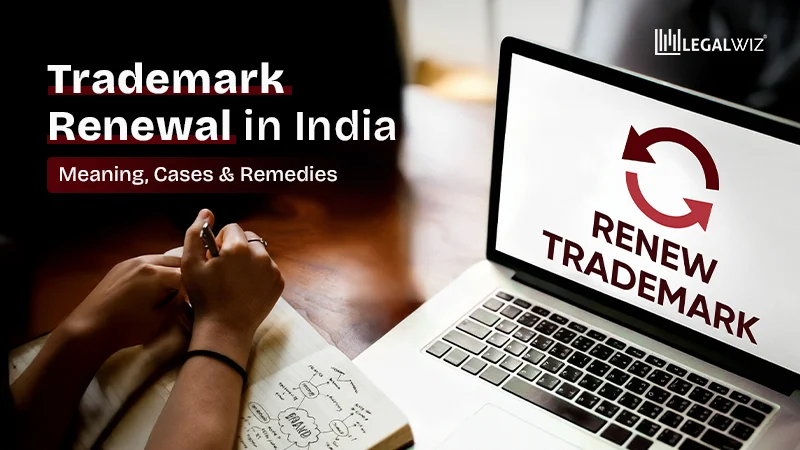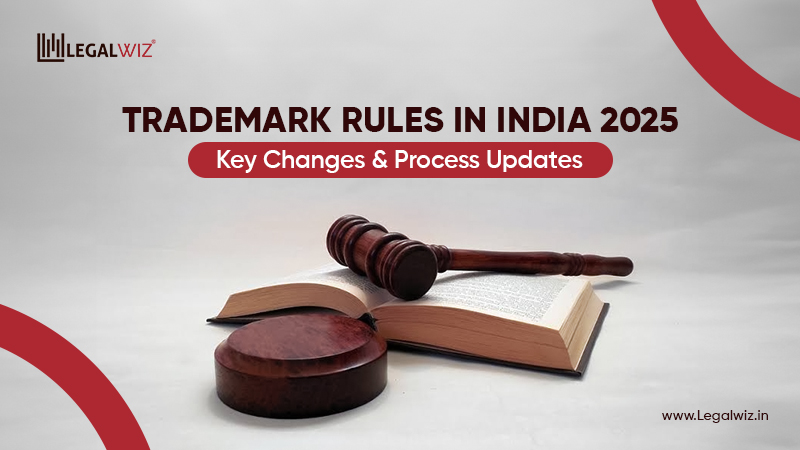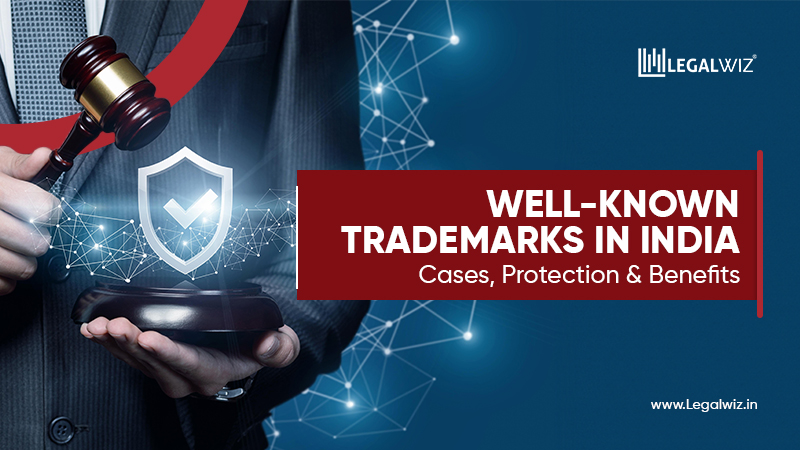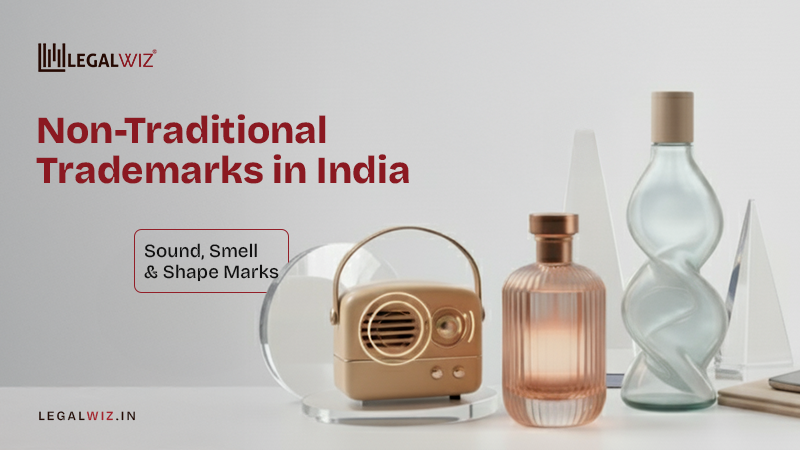Trademark Infringement in India: Meaning, Cases & Remedies
Imagine building a brand for years and then finding someone selling lookalikes under your name. That’s trademark infringement. It steals the identity you worked to create.
A trademark is more than a logo. It’s what tells customers your product is yours. When someone copies it, customers get confused. Your reputation weakens. Sales may fall.
In India, trademark disputes are increasing. More businesses are online. Startups are popping up. Global brands are entering the market. That raises the chance of clashes. Small firms often lack early protection and get hit hardest. That’s when simply just doing your trademark registration is not enough. To protect your brand from infringement, you need to understand what it is and ensure that no one else is exploiting the reputation of your products for their own benefit.
This blog will explain what counts as infringement. We’ll cover how the law protects you and the remedies available. Protecting your trademark isn’t optional. It’s essential.
1. What is Trademark Infringement?
Trademark infringement means using someone else’s registered mark without permission. It usually causes consumer confusion or takes unfair advantage of the brand’s reputation.
Section 29 of theTrade Marks Act, 1999, is the law behind this. It says: using a mark that is identical or deceptively similar to a registered trademark, without permission, is infringement.
It’s not always black and white. The law recognizes two flavors:
- Direct infringement: A straightforward copy. Logo, name, or slogan—lifted wholesale.
- Indirect infringement: A subtle twist. The mark isn’t identical, but it creates confusion in the minds of consumers. Close enough to mislead, and the courts take note.
Trademark infringement is often confused with passing off, but they are not the same. Infringement applies to registered marks. First, it’s important to understand passing off trademark: in simple terms, it protects unregistered brands by relying on reputation and goodwill rather than formal registration. Essentially, one is the law acting on registration; the other is reputation calling in legal backup.
If you want to understand the difference between confusion and dilution, here’s the detailed blog with the real-time example: Trademark Infringement in India: Confusion vs. Dilution Explained with Real Examples
2. Common Forms of Trademark Infringement in India
Trademark infringement doesn’t just happen behind closed doors; it can pop up in ways you might not even notice. Here’s a closer look:
2.1 Unauthorized Use of Identical Marks
The classic case. Someone uses your registered logo, brand name, or slogan on their products or services without permission. No subtlety here, just straight-up copying. Consumers get confused, and your brand takes the hit.
Also read: All about Trademarking your logo
2.2 Use of Deceptively Similar Marks
Not every infringement is bold. Sometimes it’s a clever twist, a slightly altered spelling, a small design tweak—that’s enough to mislead customers. The law sees through the disguise: if it looks or sounds like your brand to an average buyer, it counts.
Read a similar case where someone tried to use a similar logo to Starbucks, which might have a misleading meaning for customers. Here’s a full breakdown of that infringement case: Trademark- Starbucks vs. Sardarbuksh
2.3 Counterfeit Goods and Services
Fake products, knockoff clothing, imitation electronics…you name it. Counterfeit goods hijack your trademark and often damage your brand’s reputation. Quality takes a nosedive, trust erodes, and consumers get duped.
2.4 Domain Name Squatting and Online Misuse
The digital world is full of copycats. Someone registers a domain almost identical to your brand or misuses your trademark online to grab traffic, trick buyers, or demand ransom. It’s a modern twist on an old problem, and the law treats it seriously.
Know more about trademarking your domain name: Understanding Domain Name Trademark: A Comprehensive Guide
2.5 Comparative Advertising Crossing Legal Limits
It’s normal and understandable to compare products, but going too far could get you in trouble. Using another company’s logo in a way that confuses, lacks recognition, or deceives is against the law. Flirtatious comparisons are not okay, but subtle ones are.
The basic idea is that the law is ready to step in if someone uses your trademark in a way that confuses customers or hurts your brand.
If someone has unintentionally or intentionally committed infringement, here are all the details about the penalties and the possible consequences. Learn everything about it here: Trademark Infringement and the Penalties Attached
3. Real-World Examples & Landmark Cases of Trademark Infringement in India
Trademark infringement isn’t just theoretical—it has played out in courts in ways that shape how businesses operate today. Here are some landmark cases, explained with key takeaways:
3.1 Cadila Healthcare Ltd. v. Cadila Pharmaceuticals Ltd. (Deceptive Similarity)
Two pharma companies walked into a court… with almost the same name: Cadila Healthcare and Cadila Pharmaceuticals. Both parties have different products; no similarities at all, but their names were close enough to confuse anyone trying to buy medicine.
The Problem:
Could having such similar names trick customers? Cadila Healthcare said yes—people might grab the wrong medicine or mix up brands.
What the Court Did:
The court nodded along and said, “Yep, that’s confusing.” Even though the medicines weren’t the same, the names were too similar. The court made it clear: trademark isn’t just about logos—it’s about names too.
Key Points:
- Your name alone can land you in legal trouble.
- Deceptive similarity = enough to trigger infringement.
- Confusing customers, especially with healthcare, is a big no-no.
- Courts consider the overall ambiance, not just the products.
Lesson Learned:
Pick a name that stands out. Even small overlaps with existing brands can cause confusion, legal headaches, and a dented reputation.
3.2 Yahoo! Inc. v. Akash Arora & Anr. (Domain Name Dispute)
Back in the early 2000s, the internet boom had everyone grabbing domain names left and right. Akash Arora registered a domain that closely resembled Yahoo!’s famous brand. On this site, he offered services that could easily mislead users into thinking it was affiliated with Yahoo!. Naturally, the global internet giant wasn’t thrilled.
The Problem:
The court had to decide whether a domain name alone—without a full-blown company or product—could infringe on a trademark. Yahoo! argued that users could be confused, their brand reputation could be exploited, and someone could profit unfairly from their fame.
What the Court Did:
The Delhi High Court sided with Yahoo!. It held that domain names fall under trademark protection if they create confusion or leverage a brand’s reputation. The decision made it clear: cyberspace isn’t a lawless playground—trademarks travel online.
Key Points:
- Trademark law fully applies in the digital world.
- Domain squatting or registering misleading domains = infringement.
- Exploiting a famous brand online for personal gain is actionable.
- Courts evaluate whether users are likely to be confused, not just whether the name is identical.
Lesson Learned:
When choosing a domain, think beyond availability. A name that rides on someone else’s fame can land you in serious legal trouble. In the online world, even a few letters can spark a big case.
3.3 ITC Ltd. v. Punchgini, Inc. (Trans-Border Reputation)
Punchgini, a foreign company, tried to sell products in India using the “WIMCO” brand. Trouble was, ITC Ltd., an Indian company, already had an internationally recognized presence with the same name. Suddenly, a brand battle was brewing across borders.
The Problem:
Could a company enforce trademark rights in a country where it didn’t formally register, just because it was famous internationally? ITC argued that their global reputation meant consumers in India already associated “WIMCO” with them.
What the Court Did:
The Delhi High Court ruled in ITC’s favor. It held that well-known trademarks get protection even beyond the country of registration. In other words, fame travels—and courts protect reputations that cross borders. Punchgini couldn’t ride on ITC’s goodwill without permission.
Key Points:
- Famous brands enjoy protection even without local registration.
- Consumer recognition and brand reputation can cross national boundaries.
- Infringement doesn’t require formal registration if the brand is well-known.
- Courts consider the “goodwill” attached to a mark, not just paperwork.
Lesson Learned:
There are benefits to being famous all over the world. Your reputation can stop copycats from copying you, even if you haven’t filed a local trademark. Keep your brand’s goodwill safe; it can be just as valuable as registering it.
Key Takeaways:
- Copying a trademark, spelling it wrong, or making it appear like it may lead to legal issues.
- Courts care largely about consumer confusion and brand recognition.
- Online commerce, luxury items, and cafés are all affected by trademark law.
4. Legal Remedies Against Trademark Infringement
When someone infringes a trademark, the law offers several ways to protect the brand, ranging from civil action to criminal penalties and administrative steps.
| Type of Remedy | Purpose | Examples |
| Civil Remedies | Stop misuse and compensate the trademark owner | – Injunctions: Court orders to stop further use of the infringing mark. – Damages: Financial compensation for losses caused. – Account of Profits: Recovery of profits made from the misuse. – Delivery Up: Seizing and destroying fake or copied goods. |
| Criminal Remedies | Punish deliberate misuse or counterfeiting | – Imprisonment: Jail time for serious offenders. – Fines: Penalties meant to punish and deter. – Seizure of Goods: Confiscating counterfeit products from the market. |
| Administrative Remedies | Faster procedural steps without court involvement | – Opposition: Challenging a confusingly similar mark during registration. – Rectification: Fixing or removing conflicting entries in the register. – Platform Complaints: Reporting unauthorized use on e-commerce or social platforms. |
Trademark owners have a range of tools—civil, criminal, and administrative—to defend their brand. The right path depends on how serious the infringement is and what outcome is needed.
5. How to Prove Trademark Infringement in India
Proof of trademark infringement in India requires more than a similar name or logo. Courts examine consumer confusion risk. They also assess whether the new brand unjustly benefits from the old one.
A brief summary of what matters:
| Factor | What Courts Consider | Why It Matters |
| Similarity of Marks | How closely the alleged mark resembles the registered trademark | Even small differences may not prevent consumer confusion; the overall impression is key |
| Nature of Goods/Services | Whether the products or services are related or similar | Similar goods/services increase the chance that consumers will assume a common source |
| Intention of the Infringer | Whether the alleged infringer deliberately tried to benefit from the original mark’s reputation | Shows bad faith or deliberate exploitation |
| Evidence of Consumer Confusion | Real-world examples of people being misled or confused | Directly supports the claim of infringement |
| Burden of Proof | The trademark owner must provide convincing evidence; the infringer may present defenses | Determines the strength of the case and whether infringement can be legally established |
6. Preventive Measures for Businesses to Protect Trademarks
Protecting your brand isn’t just about putting out fires—it’s about spotting sparks before they ignite. Here’s your playbook:
- Register & Watch: Lock in your trademark and keep an eye on any new marks trying to sneak too close.
- Cease-and-Desist: Catch a copycat? Shoot a polite-but-firm “hands off” letter—sometimes that’s all it takes.
- Digital Spy Tools: Let technology do the heavy lifting. Track misuse across websites, social media, and marketplaces.
- Brand Check-Ups: Treat your brand like a car—regular audits keep it running smoothly and prevent expensive breakdowns.
A little prevention goes a long way. Guard your brand early, and you’ll save time, money, and endless headaches down the road.
If you want to protect your idea of startups, here’s a full breakdown: Essential Intellectual Property Rights for Startups
Conclusion: Protecting Your Brand is Protecting Your Business
If you don’t pay attention to trademark infringement, it’s like leaving your front door wide open—someone will come in and tamper with your things. The hazards are considerable, from losing customers to losing money.
Being proactive pays off. Make sure to do trademark registration in India, watch for any abuse, and take action right away if you need to. Think of it as a shield for your brand that protects your company and makes it secure and robust.
And what if you need some help? LegalWiz.in’s experts can help you register, keep an eye on, and enforce your brand, ensuring it remains yours no matter what happens.
Frequently Asked Questions
What is the punishment for trademark infringement in India?
It depends on how serious the case is. Courts can impose fines, prison terms, or both. You can also get civil relief like injunctions and damages. The message is clear: copying someone’s mark is risky.
Can I sue without registration?
Yes. You can sue using the “passing off” route. If your brand has reputation and customers recognize it, you can act even without registration. Proof of reputation matters.
What’s the difference between infringement and passing off?
Infringement is about registered marks. It’s using a registered trademark without permission. Passing off protects unregistered marks. It’s based on reputation and whether customers are likely to be misled.
How long does a trademark lawsuit take in India?
There’s no fixed time. Some cases end in months. Others take years. The timeline depends on complexity, evidence, and court schedules. Acting early and collecting strong proof helps.
Is online misuse covered under trademark law?
Yes. The law covers online acts too. Domain squatting, fake listings, or unauthorized social posts can all be infringement. Courts treat online misuse like offline misuse.

Sapna Mane
Sapna Mane is a skilled content writer at LegalWiz.in with years of cross-industry experience and a flair for turning legal, tax, and compliance chaos into clear, scroll-stopping content. She makes sense of India’s ever-changing rules—so you don’t have to Google everything twice.

